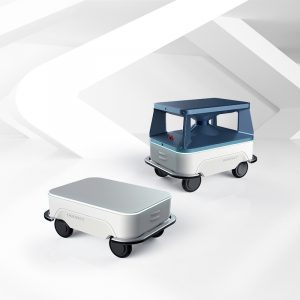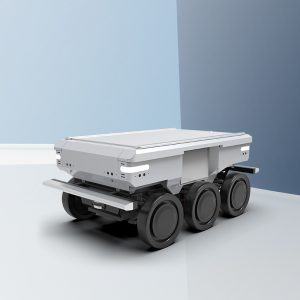
In today’s rapidly evolving world, the integration of technology in various industries has become increasingly prevalent. One such industry that is witnessing a significant transformation is the food service sector, with the emergence of food service robots revolutionizing the way we experience dining. These advanced robotic systems are designed to cater to our needs and expectations while enhancing efficiency and customer satisfaction.
The Advancements in Food Service Robots
Food service robots have emerged as a game-changer in the hospitality industry, offering innovative solutions for restaurants, cafes, and other establishments. Equipped with state-of-the-art technologies such as artificial intelligence (AI) and machine learning algorithms, these robots can perform tasks ranging from taking orders to delivering meals autonomously.
These intelligent machines not only streamline operations but also provide an interactive dining experience for customers. With their ability to engage in human-like conversations through natural language processing capabilities, they can effectively communicate with patrons, answer queries about menu items or dietary restrictions, and even make personalized recommendations based on individual preferences.
Oneway: Pioneering Excellence in Food Service Robotics

Oneway is one company at the forefront of developing cutting-edge food service robots that meet diverse consumer demands. Their flagship robot models are equipped with advanced sensors that enable them to navigate crowded spaces seamlessly while avoiding obstacles efficiently.
Moreover, Oneway’s robots possess sophisticated tray stabilization mechanisms that ensure safe transportation of meals without spillage or accidents. This attention to detail enhances both operational efficiency and customer satisfaction by guaranteeing timely delivery of orders without compromising quality.
The Role of Chassis Robotics
An integral component within food service robotics lies in chassis robotics – a crucial element responsible for providing stability and mobility to these machines. chassis robotics enable food service robots to navigate various terrains, including uneven surfaces and stairs, ensuring smooth movement throughout the dining establishment.
By incorporating advanced chassis robotics technology, food service robots can effortlessly transport meals from the kitchen to customers’ tables or designated delivery areas. This not only reduces human labor but also minimizes the risk of accidents or spills during transportation.
Conclusion
The rise of food service robots has undoubtedly transformed the way we perceive dining experiences. With their ability to cater to our needs and expectations through interactive communication, efficient operations, and seamless mobility, these robotic systems have become an integral part of modern-day hospitality establishments.
As technology continues to advance at a rapid pace, it is imperative for businesses in the food service industry to embrace such innovations. By integrating food service robots into their operations, they can enhance customer satisfaction while optimizing efficiency – ultimately shaping a future where humans and robots coexist harmoniously in delivering exceptional dining experiences.
